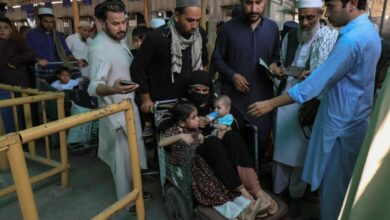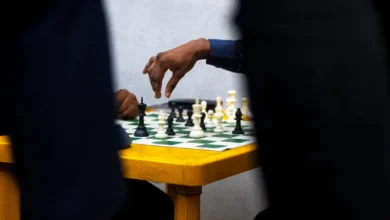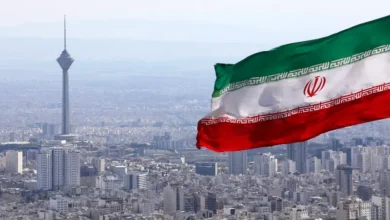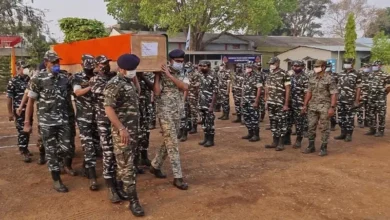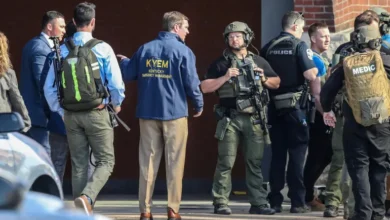Central Japan earthquake triggers tsunami waves, claims six lives
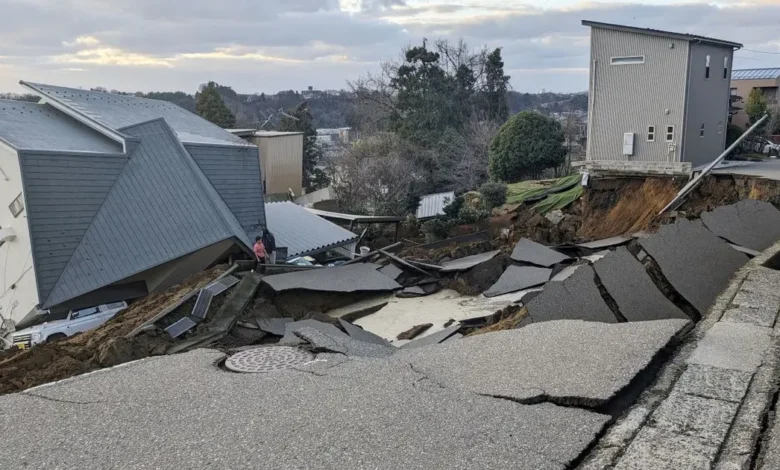
The death toll from a New Year’s Day earthquake in central Japan has risen to six, police confirmed Tuesday, a day after the 7.5-magnitude tremor triggered tsunami waves over a metre high, damaging homes and sparking a major blaze.
A duty officer from Ishikawa Prefecture Police said that authorities were investigating the discovery of two more bodies, “one in Nanao city and one in Shika town” after four deaths were confirmed following the quake that struck off the main island of Honshu.
The 7.5-magnitude quake struck Ishikawa prefecture on the Sea of Japan side of the main island of Honshu at 4:10 pm (0710 GMT), according to the US Geological Survey (USGS).
Japanese authorities put the magnitude at 7.6 and said that it was one of more than 50 quakes of 3.2 magnitude or more to rock the region on the New Year’s Day holiday — when families get together and visit shrines — over several hours.
Television channels interrupted normal services with special programming, including a message from Prime Minister Fumio Kishida, who urged people in vulnerable areas to “evacuate as soon as possible” to higher ground.
“We realise your home, your belongings are all precious to you, but your lives are important above everything else! Run to the highest ground possible,” an alarmed presenter on broadcaster NHK told viewers.
Waves at least 1.2 metres (four feet) high hit the port of Wajima, and a series of smaller tsunamis were reported elsewhere, including as far away as the northern island of Hokkaido.
Officials in Ishikawa prefecture confirmed four fatalities early Tuesday, according to the Kyodo news agency.
The government said it was still assessing the extent of damage from the quake, which shook apartments in the capital Tokyo some 300 kilometres (190 miles) away.
Tens of thousands of people were ordered to evacuate, according to the country’s fire and disaster management agency, cited by Kyodo. About 1,000 people were staying at a military base, the defence ministry said.
Government spokesman Yoshimasa Hayashi said that there were reports that six people were in the rubble of collapsed buildings, but gave no further details.
‘Horrible situation’
Images on social media showed cars and houses in Ishikawa shaking violently and terrified people cowering in shops and train stations. Houses collapsed and huge cracks appeared in roads.
“I have never experienced anything like this before, it was scary. I went out right away but the ground was shaking,” an elderly man told broadcaster NHK.
“We are in a horrible situation. Please come and help us,” said one person in a video shared on X, formerly Twitter, showing several badly damaged houses.
A major fire in Wajima engulfed a row of houses, video footage showed, with people being evacuated in the dark, some with blankets and others carrying babies.
“There is a large fire. We cannot immediately tell how many houses are affected by it,” a firefighter with the Wajima Fire Department told AFP.
Fire engines struggled to reach the scene due to damaged roads and other obstacles, he said.
The department was swamped with calls, with “numerous” reports of people injured and trapped inside collapsed buildings, he added.
Around 33,500 households around the epicentre, in Toyama, Ishikawa and Niigata prefectures, were without power, local utilities said.
Many houses collapsed in the city of Suzu, reports said.
In Washington, US President Joe Biden was briefed on the quake, and offered Japan “any necessary assistance” to cope with the aftermath.
Bullet trains suspended
Several major highways were closed around the epicentre, Japan’s road operator said, and bullet train services from Tokyo were also suspended.
Flights and mobile phone coverage were reportedly disrupted while many convenience stores were shut.
Defense Minister Minoru Kihara said 1,000 military personnel were preparing to go to the region, while 8,500 others were on standby. Around 20 military aircraft were dispatched to survey the damage.
The Japan Meteorological Agency warned local residents of possible further quakes during the coming week or so, particularly within the next two to three days.
Japan experiences hundreds of earthquakes every year and the vast majority cause no damage.
The country has strict regulations intended to ensure buildings can withstand strong quakes and routinely holds emergency drills.
But the country is haunted by the memory of a massive 9.0-magnitude undersea quake off northeastern Japan in March 2011, which triggered a tsunami that left around 18,500 people dead or missing.
The 2011 tsunami also sent three reactors into meltdown at the Fukushima nuclear plant, causing Japan’s worst post-war disaster and the most serious nuclear accident since Chernobyl.
Japan’s nuclear authority said there were no abnormalities reported at the Shika atomic power plant in Ishikawa or at other plants after Monday’s quake, which sparked a tsunami alert as far away as Russia’s far east.
